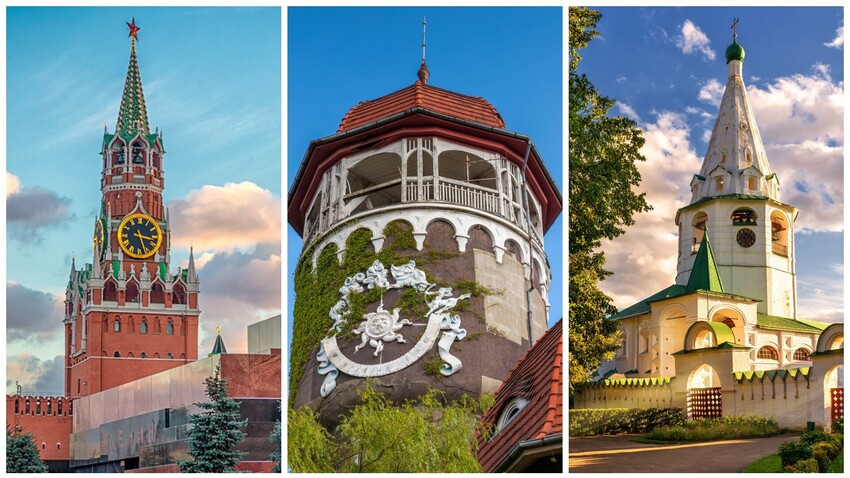

This is the main clock of the country and one of the most recognizable towers in the entire world. Every year, the Russian president gives his New Year’s speech against the background of the Spasskaya Tower.
The tower was built by Italian architect Pietro Solari in 1491. It was then called the Frolovskaya Tower (after a nearby church). After almost 200 years, the miraculous icon Spas Nerukotvorny (“The Savior Not Made by Hands”) was passed through the tower to the kremlin’s Cathedral of the Dormition. The tower was named ‘Spasskaya’ and considered holy: from that moment on, people were only allowed to pass it by foot and without a hat on.

The Spasskaya Tower got its clock in 1625, which was built by Englishmen; the clock has since been replaced many times. Its current version was made at the beginning of the 19th century.
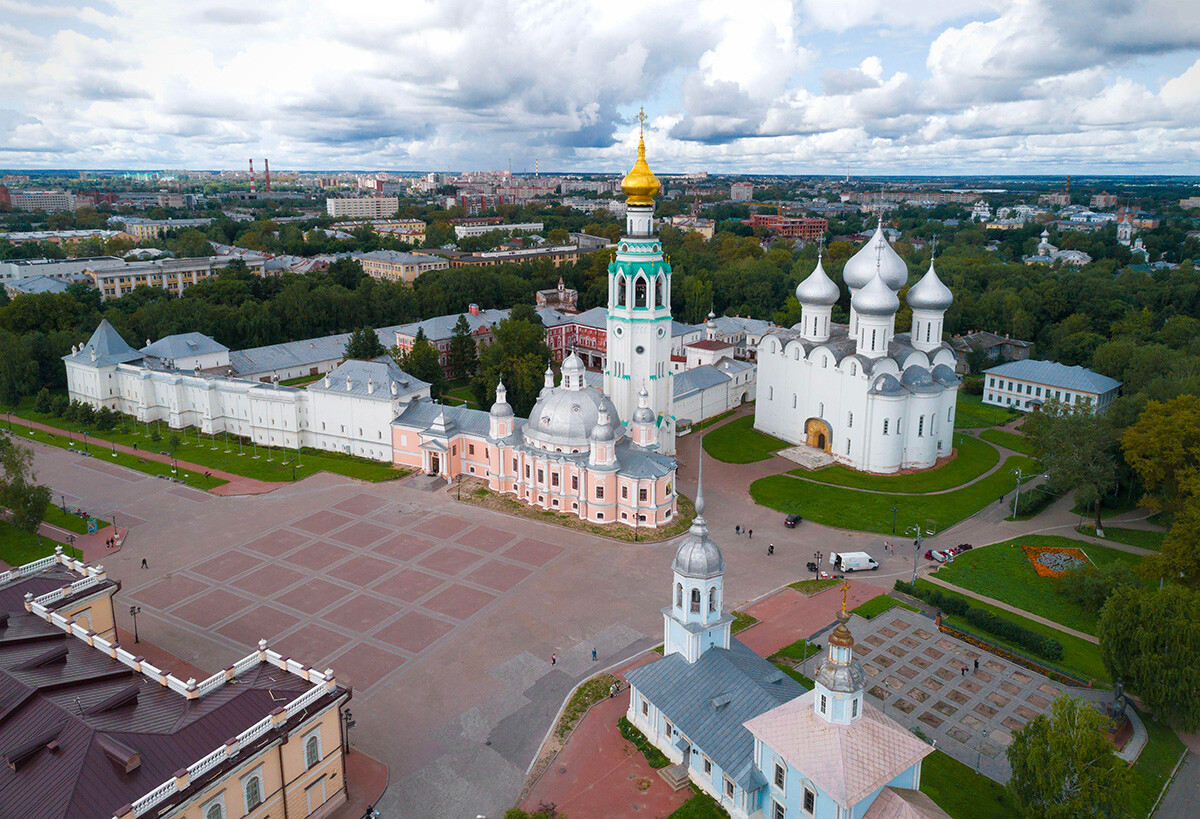
Its first bell tower was made of wood and appeared at the Saint Sophia Cathedral in the 16th century. Back then, apart from 11 bells, it had a rare, for that time, wonder for Russia – a clock. However, fire didn’t spare the bell tower.
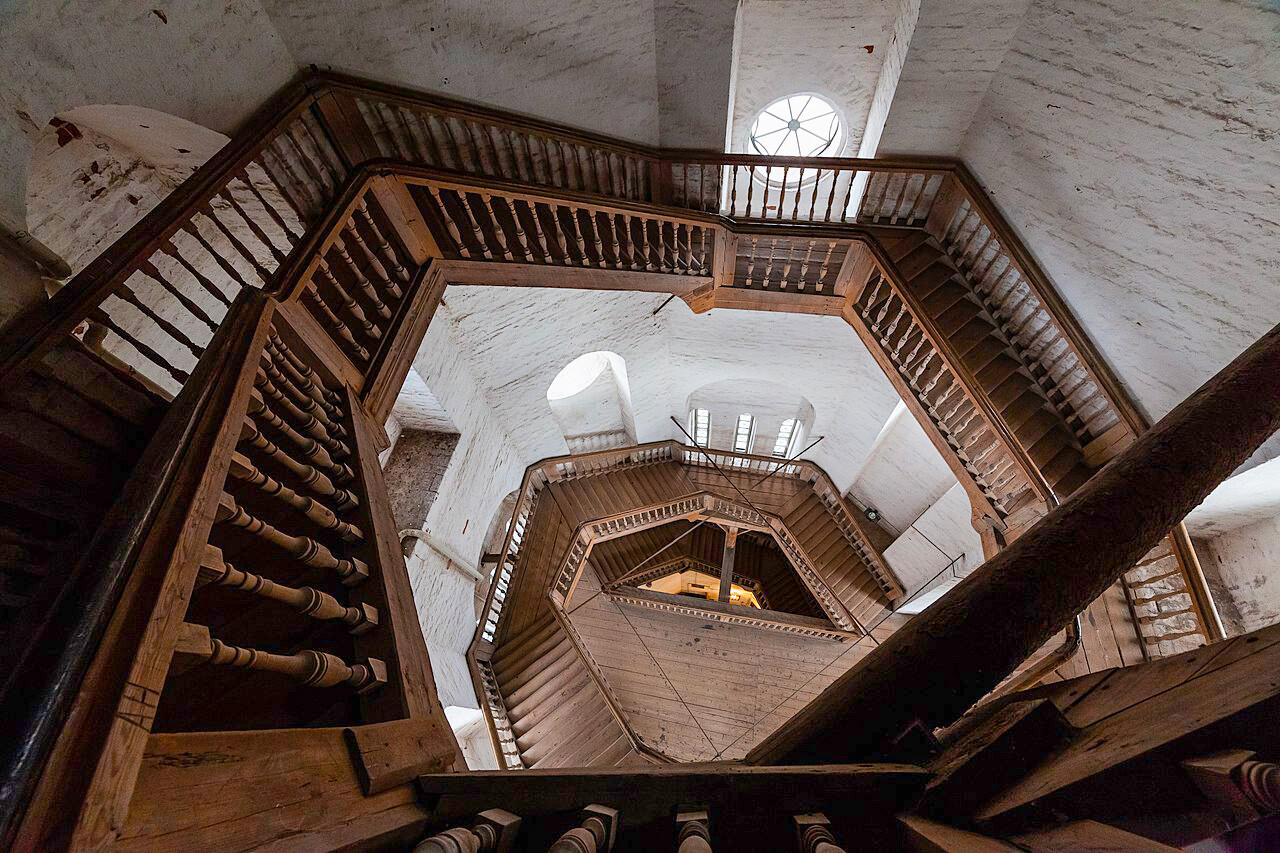
The one seen today was built in 1869-1870 on a surviving lower floor. This is how a 73-meter bell tower in a pseudo-Gothic style appeared, into which a clock was also installed.

“The Leaning Tower of Pisa” of the small town of Nevyansk in the Urals has a tilt of almost two meters. It was built in 1721-1725 by the order of industrialist Akinfiy Demidov. The tower was crowned with nine bells and an English-made striking clock. According to legend, the tower was designed to have a tilt on purpose: its lean towards the city of Tula symbolized respect to the home city of the Demidov dynasty.
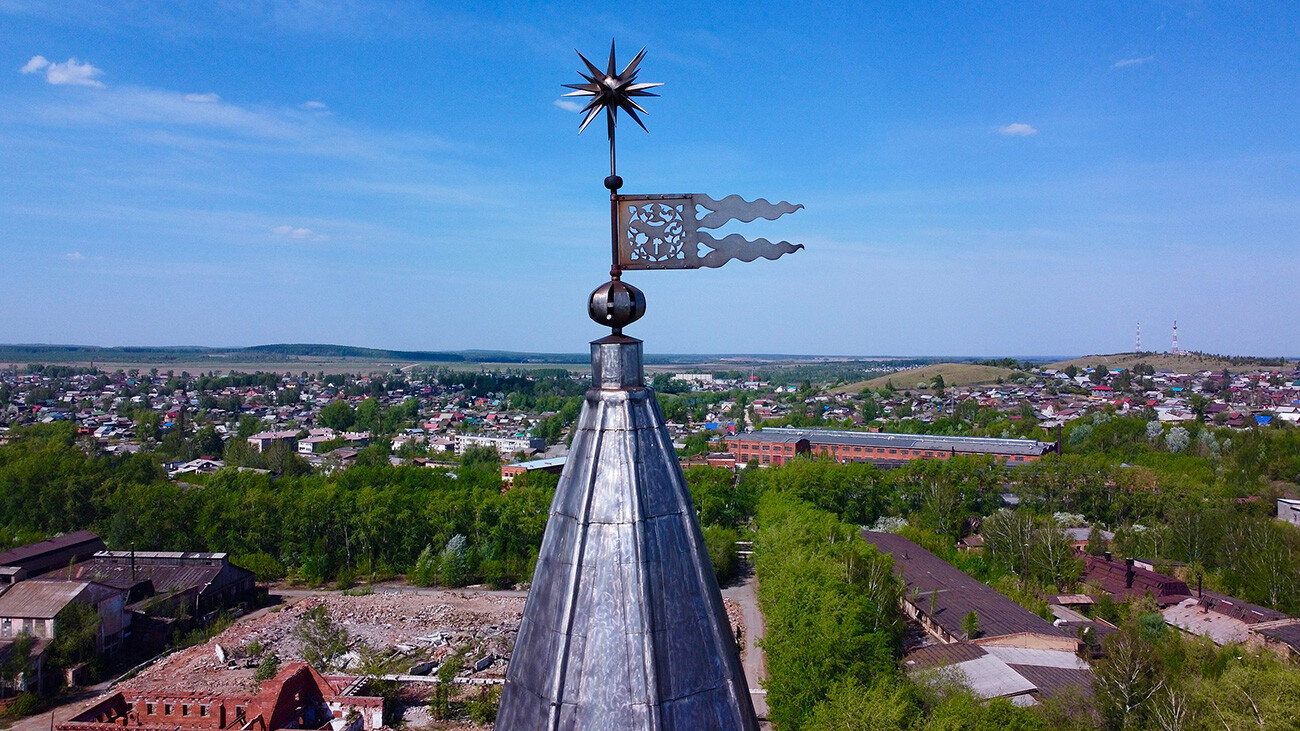
In its lifetime, the tower played the roles of a bell tower, a watch tower, a factory archive, a bureau, a lab and even a prison. Today, the tower is a part of the Nevyansk local history museum.
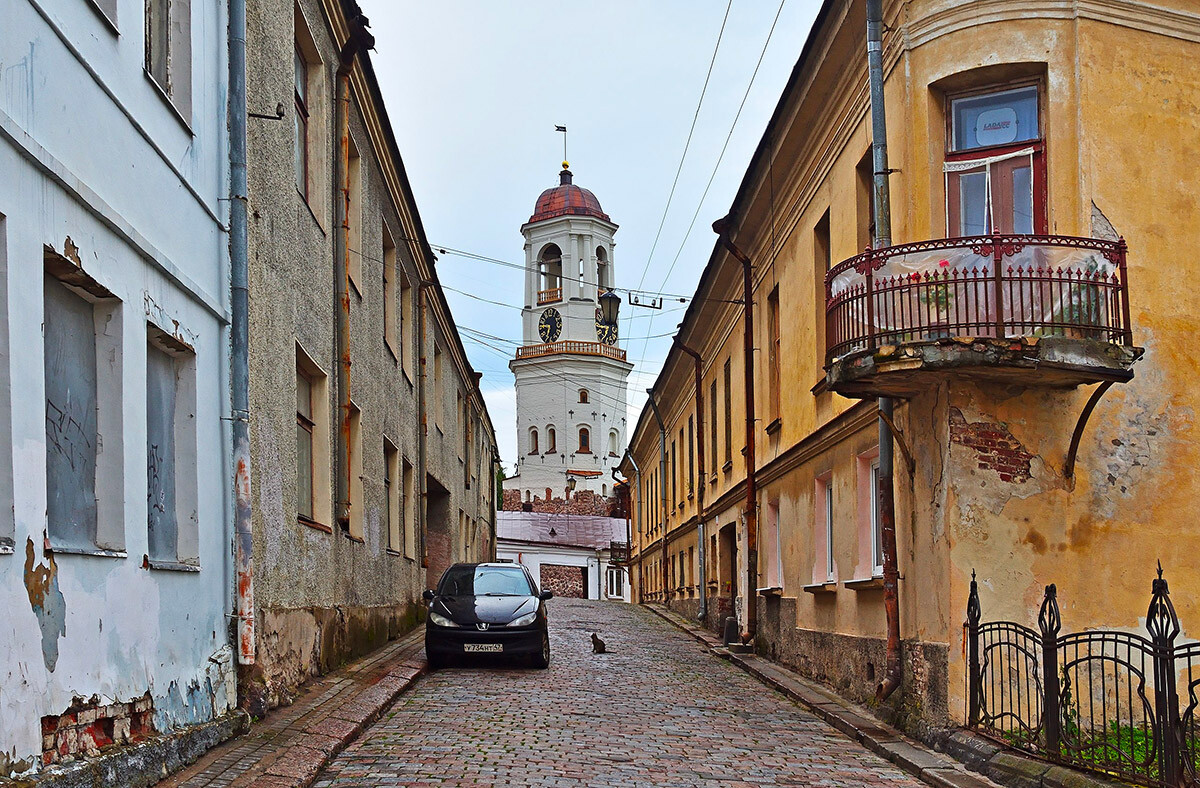
This tower served as a bell tower of Vyborg Cathedral, which was destroyed during the Soviet-Finnish war. It’s also the main building of the old medieval Vyborg – the walls of the bell tower are still made of stones and, at their base, are almost two meters thick. But, after the war, the tower had to change its function: it simultaneously became a clock tower and a watch tower of the city’s firefighting brigade.
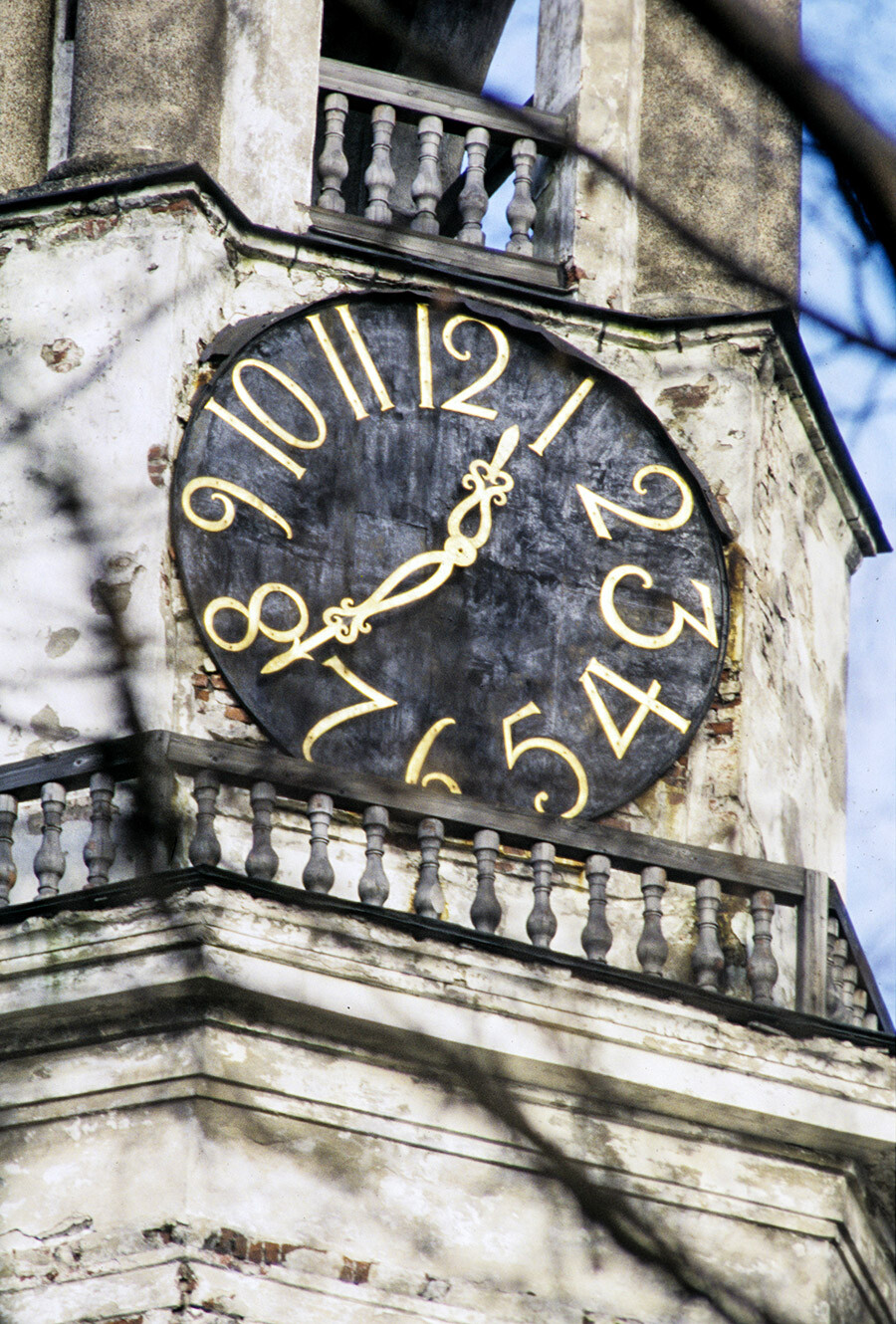
By the way, it still features the same bells with a gift inscription, given to the city by Catherine the Great almost three centuries ago.
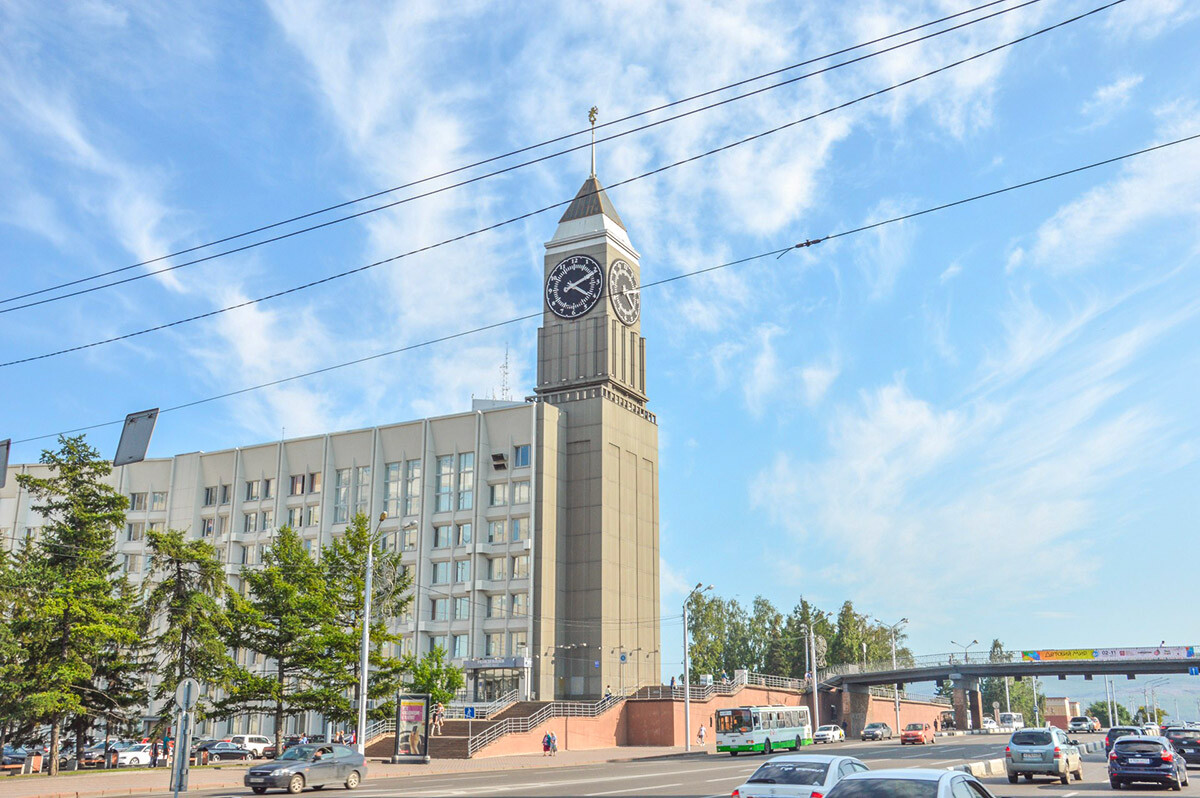
In the 1960s in Krasnoyarsk, a city in Eastern Siberia, it was decided to erect a tower with a clock similar to Big Ben. Until 2001, the dial on it was electronic: it showed not only time, but also temperature.

When the mechanism broke, it was replaced with a clock with a mechanical dial.
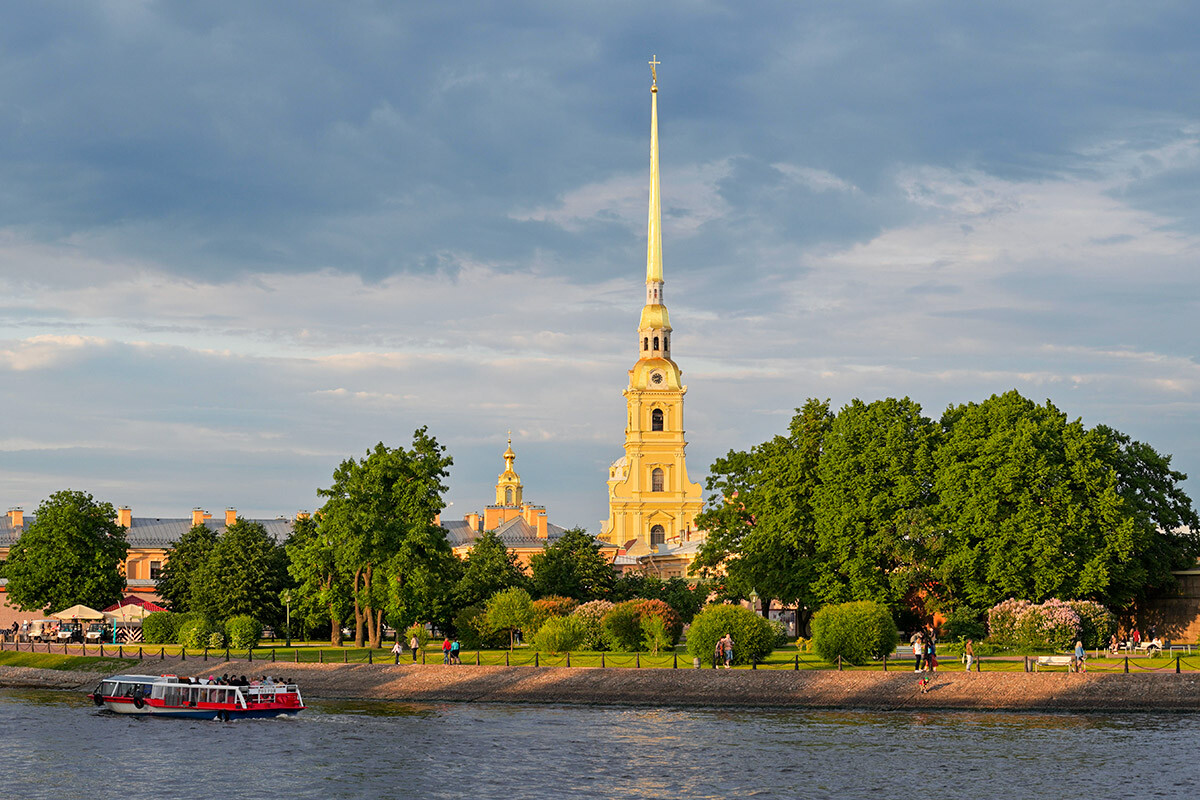
The clock on the Russian emperors’ tomb appeared in 1776. It was brought there from the Netherlands - a country, from which a lot was borrowed during the construction of the “Northern capital”.
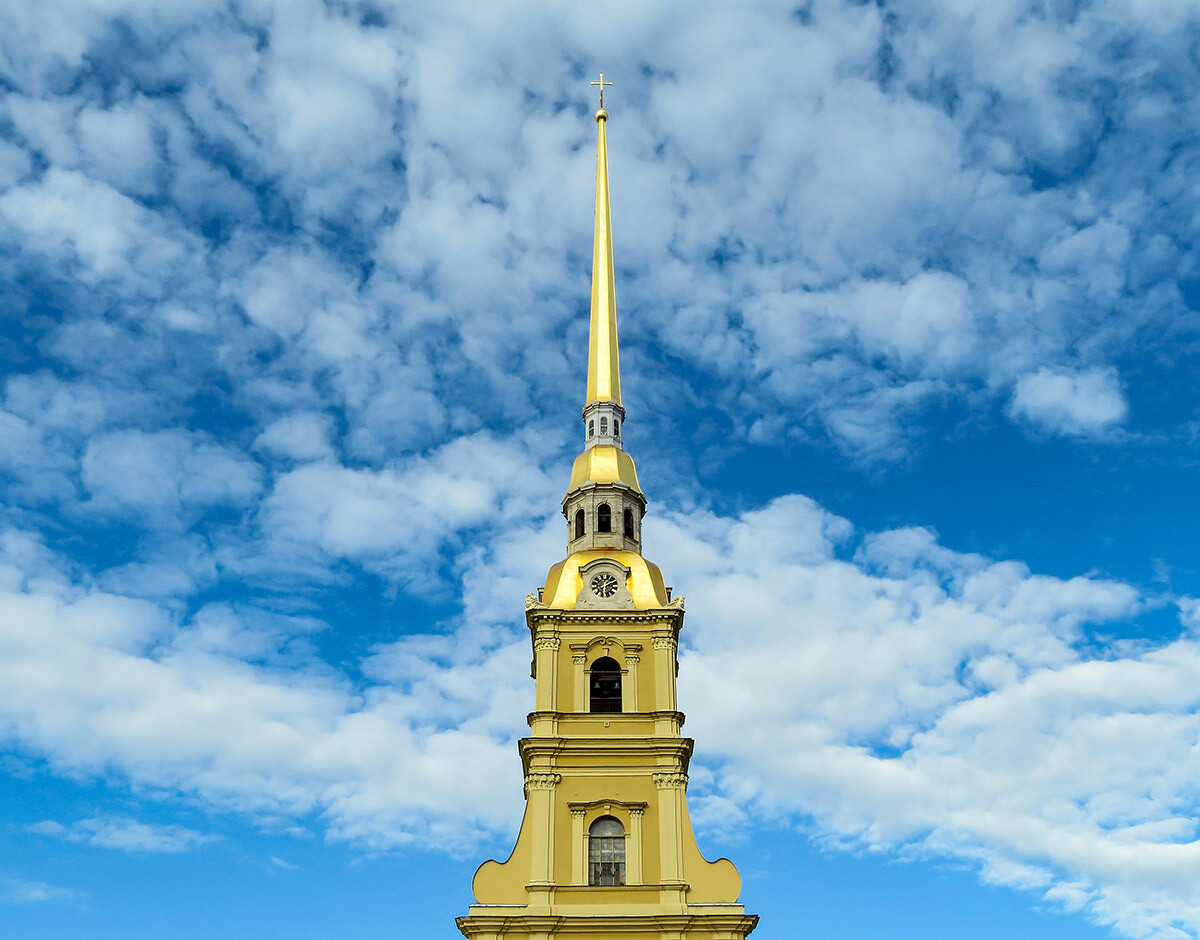
Thanks to its 40-meter spire (height of the entire building - 122.5 m), the Peter and Paul Cathedral was the tallest building in Russia until 1952.
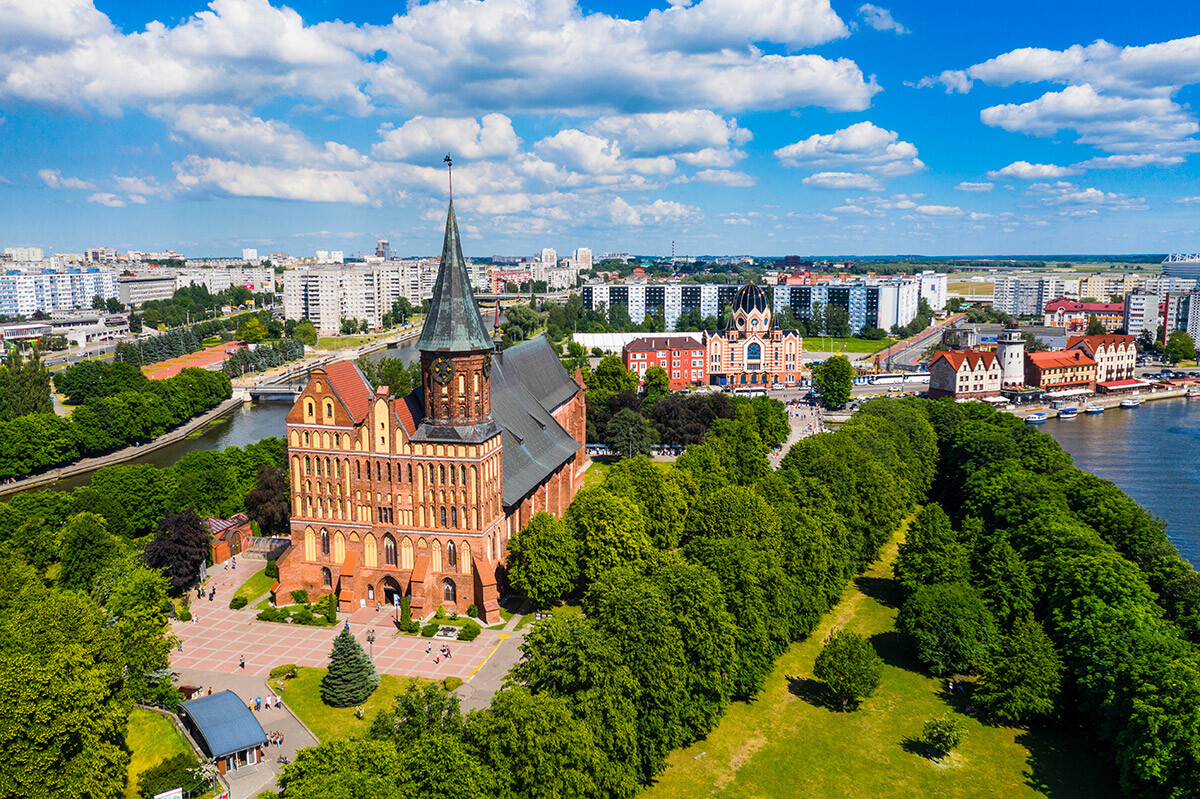
The pointed tower of the once main Catholic church of the East Prussian Königsberg was crowned with a striking clock. It appeared there in the middle of the 17th century, but couldn’t survive to the present day, due to World War II.
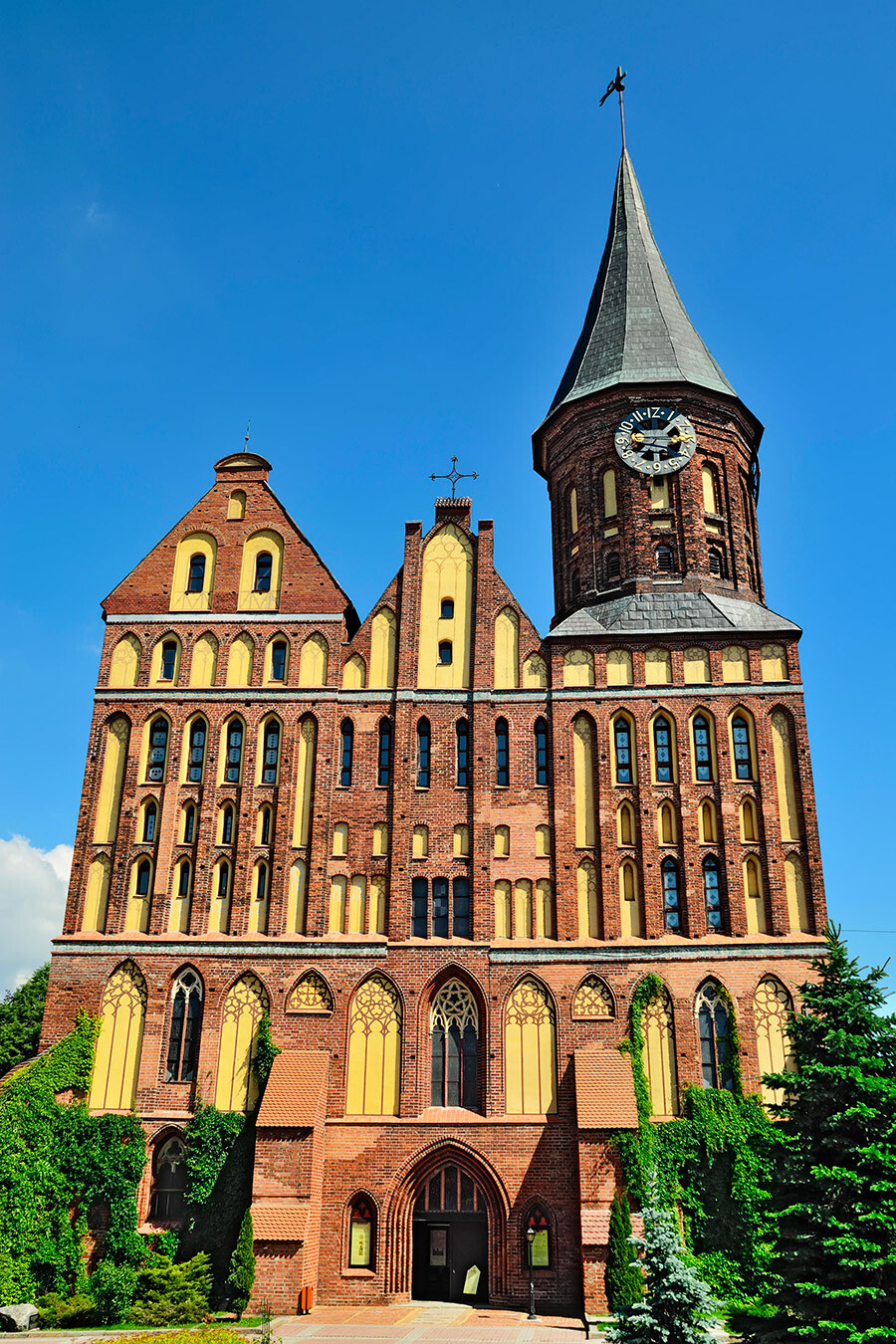
Now, the clock on the tower replicates that of the pre-war clock, but it’s a modern mechanism that adjusts time by satellite data.

The building of the Sochi railway station was erected according to the design of Alexey Dushkin, one of the main architects of the Moscow Metro. During the construction of the tower with a clock, he came up with a puzzle that hasn’t been solved for half a century. The architect decorated the clock’s dial with zodiac signs, but removed Aquarius, Taurus and Scorpio from the zodiac circle, replacing them with the Canes Venatici, Cygnus and Serpens constellations. All the zodiac signs are scrambled and only Leo, Virgo and Libra are in their proper place.
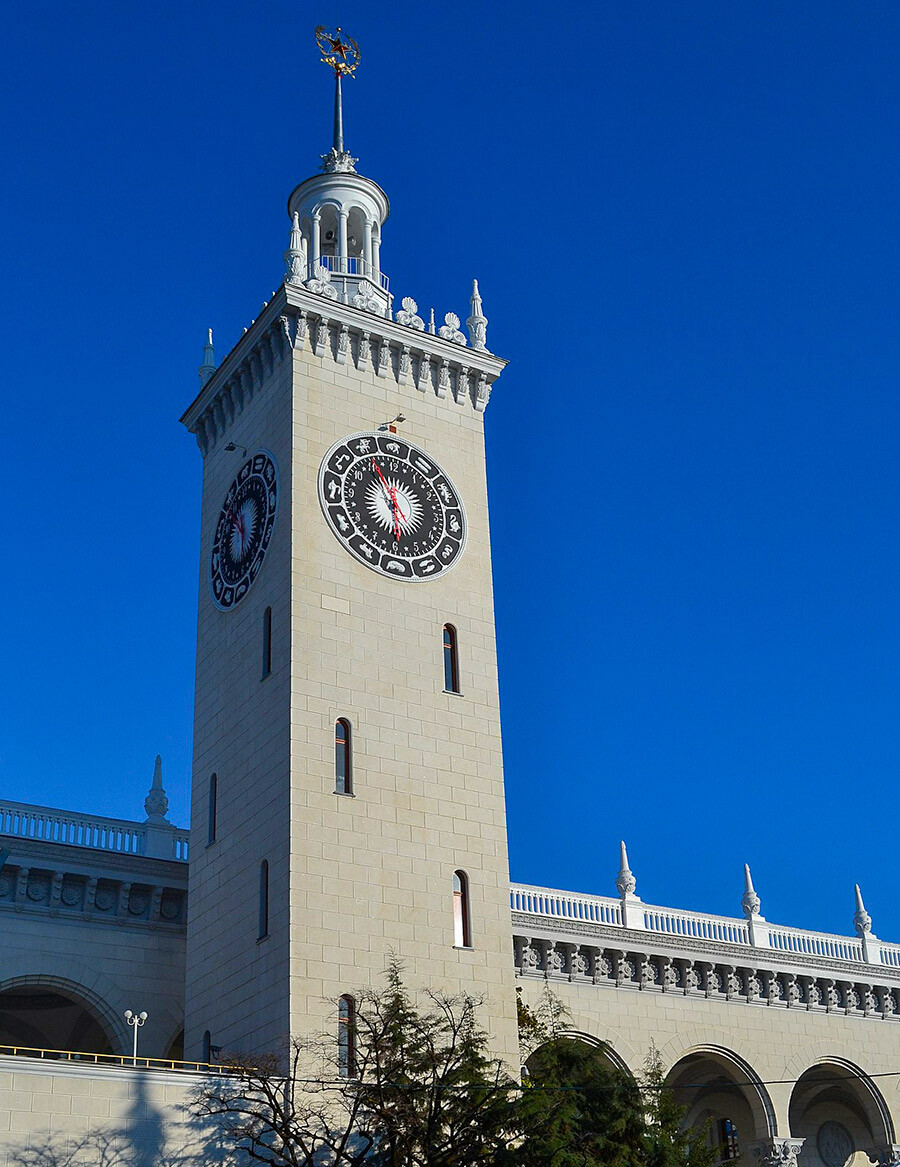
There’s a theory that the mysterious puzzle is linked to the beliefs of the Slavs. Ancient depictions show the hunting dogs (Canes Venatici) harnessed to a chariot of Dazhbog, the patron of fertility and sunlight. The snake (Serpens) symbolizes Veles, the god of storytellers. Lada, the goddess of Spring and love, is linked to the image of a white swan (Cygnus) in Slavic mythology.
According to another theory, Dushkin, interested in the architectural style of Ancient Egypt, encrypted the date of the end of the railway station’s construction on the clock’s dial.
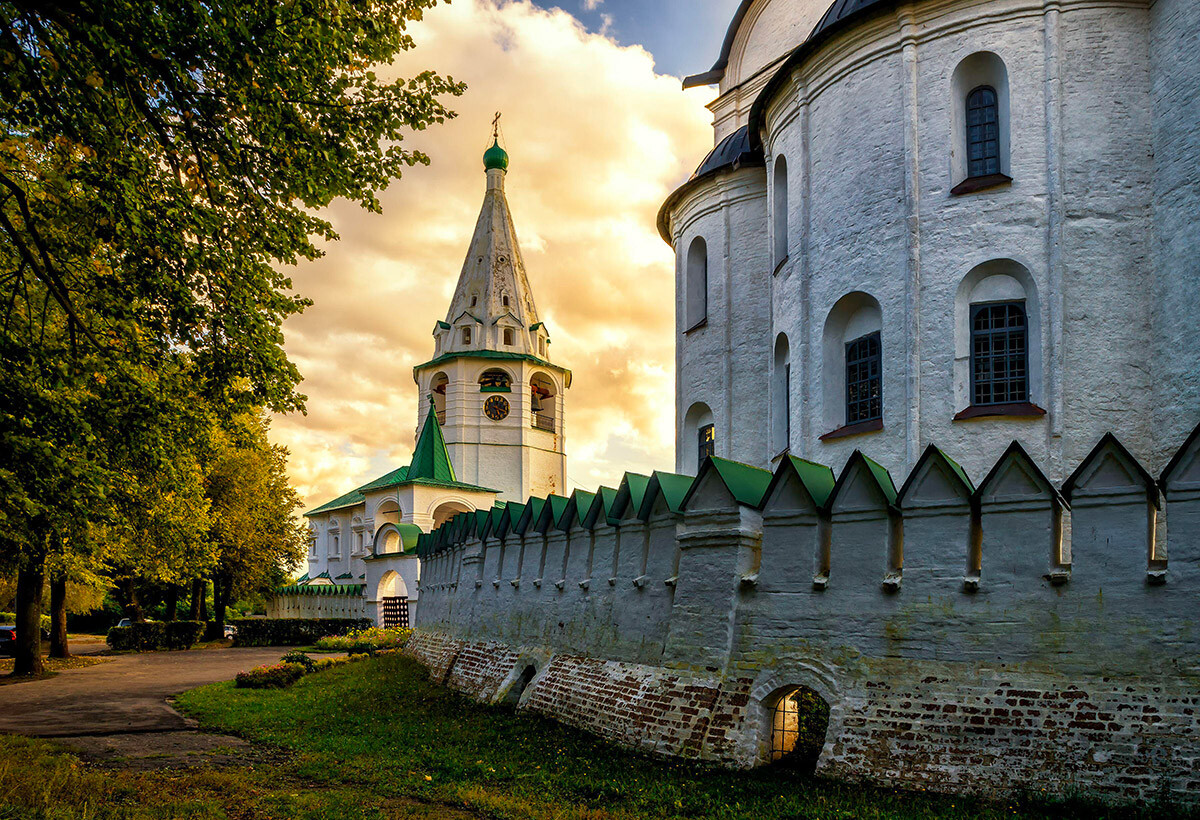
A four-hour drive away from Moscow lies the ancient city of Suzdal; its historical part, in many ways, still keeps its original old Russian style and unique objects. One of them is the tower of the Suzdal Kremlin with a clock similar to the striking clock of the Moscow Kremlin.

However, the clock in Suzdal has letters instead of numbers. Such clocks were used before the era of Peter the Great, when numbers were marked with Cyrillic letters. Before Peter the Great, even the striking clock of the Moscow Kremlin featured letters, but the reformer tsar didn’t only rework (simplified) the Cyrillic alphabet, but also introduced the usage of Arabic numerals instead of Cyrillic numerals, in the Western manner.
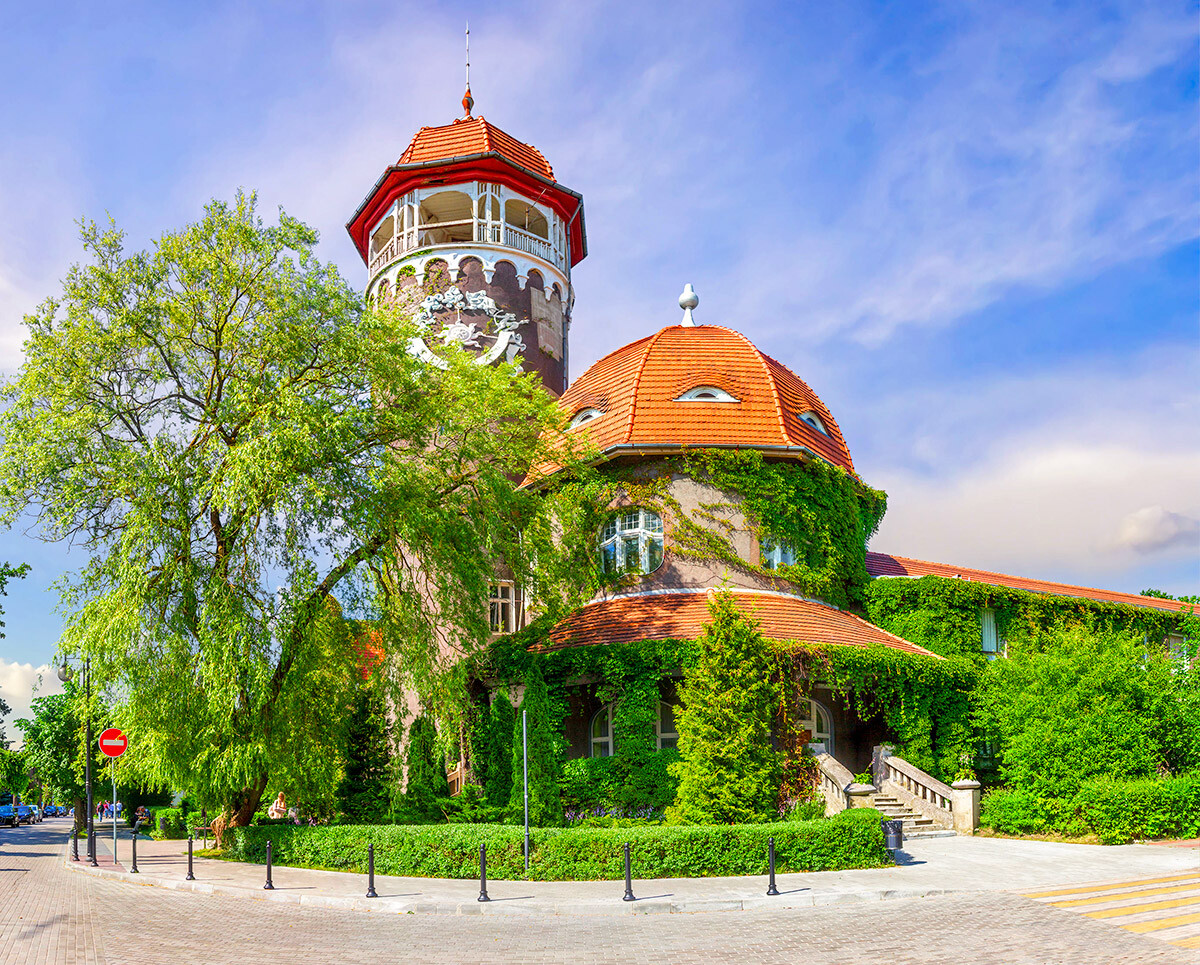
The water tower of Svetlogorsk, the former German resort Rauschen (until 1947), is the focal point of the city. It was designed according to the project of architect Otto Walter Kukkuk in 1900-1908 and belonged to a balneary.
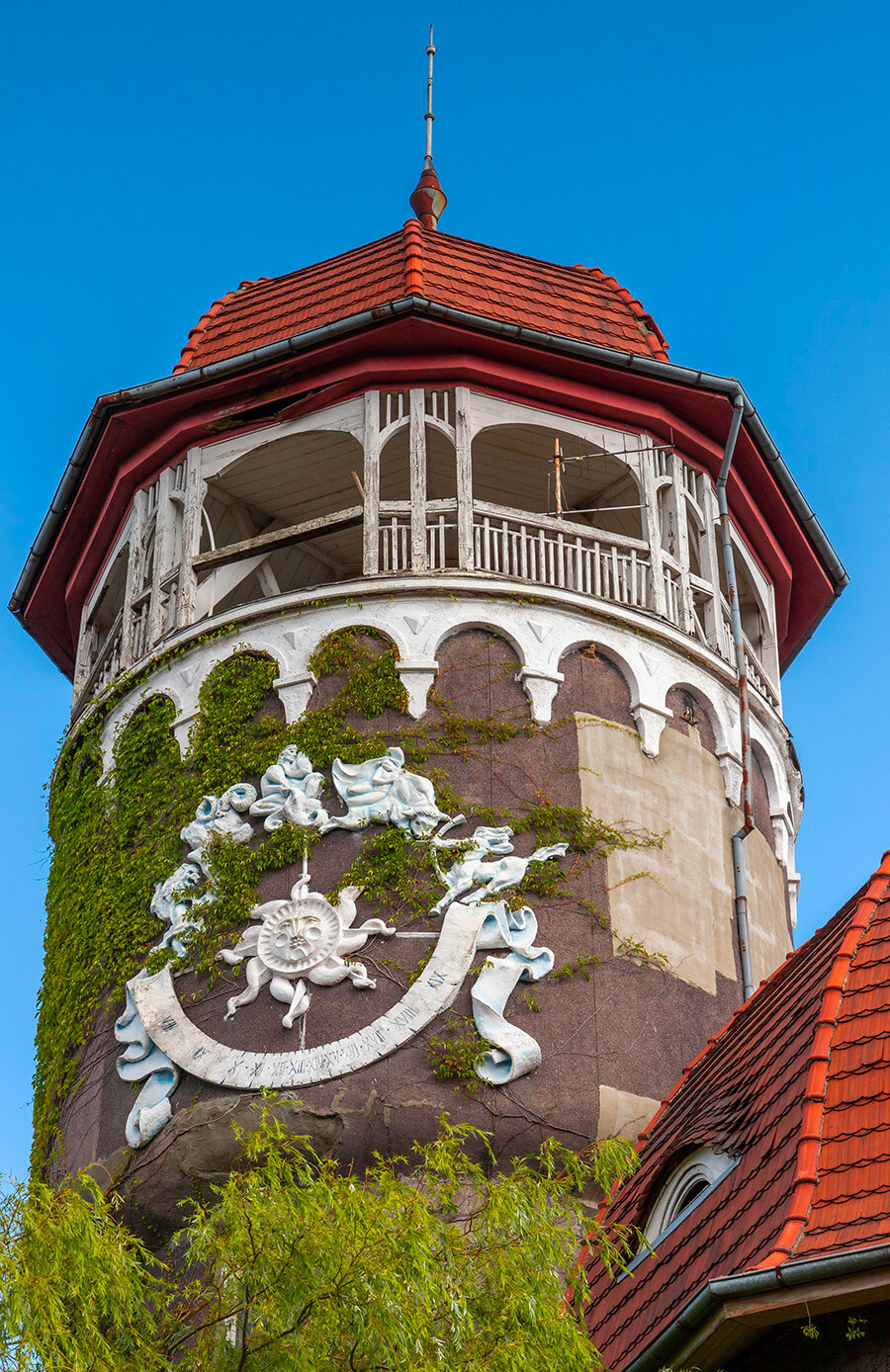
The tower got its famous solar clock under Soviet rule in 1978. The dial with the sun and zodiacal constellations on it fit the building so well that many think that the clock was always there.
If using any of Russia Beyond's content, partly or in full, always provide an active hyperlink to the original material.
Subscribe
to our newsletter!
Get the week's best stories straight to your inbox